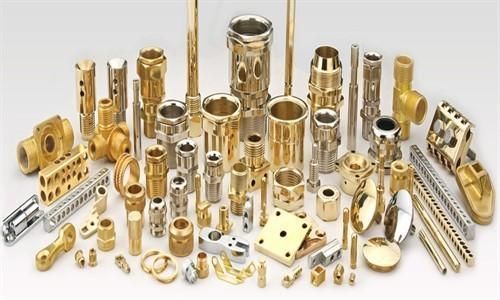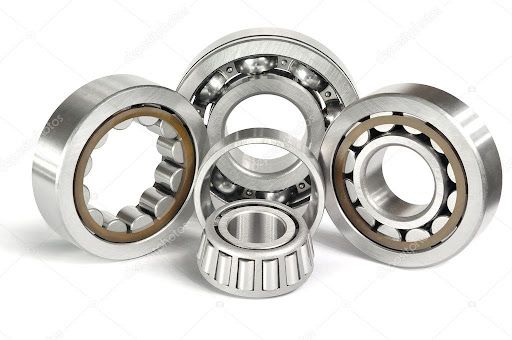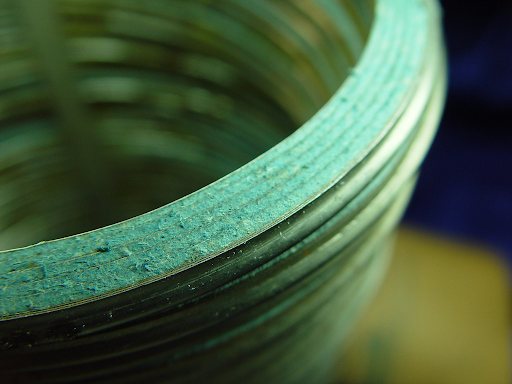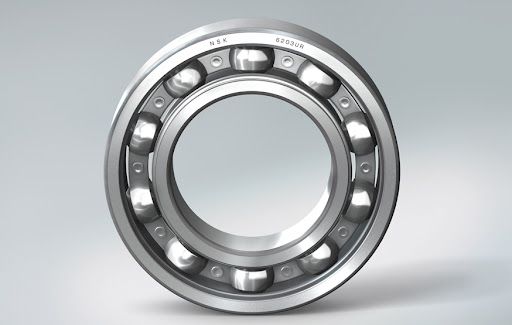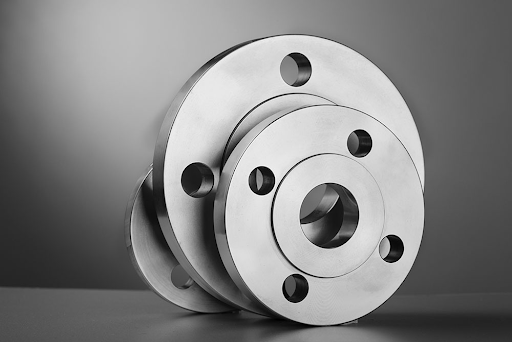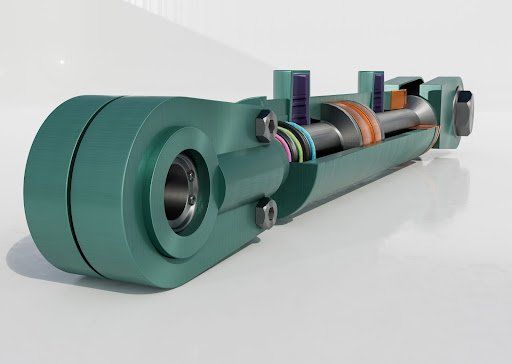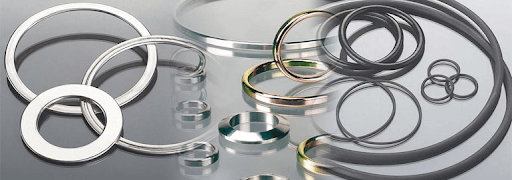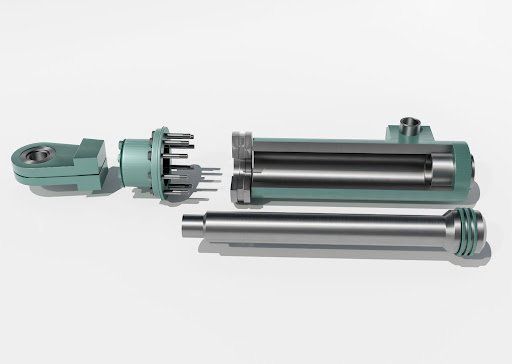A Basic Guide to Lock Nuts and Washers
A Basic Guide to Lock Nuts and Washers
If you’ve ever had to do some basic home DIY or spent some time working on wheels or engines, you’ll be familiar with nuts and washers and how they are used to fasten bolts. You’ll also know that if these bolts are attached to anything that vibrates, the nuts and washers are eventually going to loosen. That’s where lock nuts and lock washers come in. These mighty little components have been designed to grip the heads of the bolts they’re threaded to, preventing them from vibrating loose.
Lock Nuts
A lock nut is an ingenious device that can resist loosening when properly threaded onto a bolt. They come in two different types: prevailing torque lock nuts – related to the amount of torque needed to thread the nut; and surface bearing lock nuts – a free spinning nut that must be tightened against a bearing surface to activate the locking mechanism. Follow these steps to use your lock nut correctly:
- Just like a normal nut, place the lock nut against the threaded end of a bolt, making sure that the raised surface is facing out, so that the flat surface is flush against the work surface after tightening.
- Tighten the lock nut using your hand until it feels snug, then use a torque wrench to tighten the lock nut until it reaches the correct level of tightness.
Lock Washers
Lock washers are used to keep the nut and bolt in place by preventing them from turning, slipping or coming loose. There are a wide variety of lock washers, each designed for a specific application, but their basic purpose is always the same – to keep the nut and bolt secure. Lock washers are also made from a long list of different materials and have been used in applications that range from railway, marine and automotive machinery, to basic household items. To use a lock washer correctly, follow these steps:
- Place the lock washer between the nut or fastener head, and the corresponding work surface.
- Ensure that the lock washer’s teeth are completely engaged with the surfaces it’s between. This is imperative. If the teeth don’t engage properly, it won’t hold. Ignore this step if you’re using a split washer, which doesn’t have teeth.
- Using your hand and then a torque wrench, tighten the nut or bolt to the specified torque.
While these may seem like straightforward applications, we’re not all DIY experts, and it’s never a bad idea to have a grasp of the basics. If you’re in the market for lock
nuts or lock washers, don’t hesitate to get in touch with our helpful sales team. They’re available all year round to assist you!

